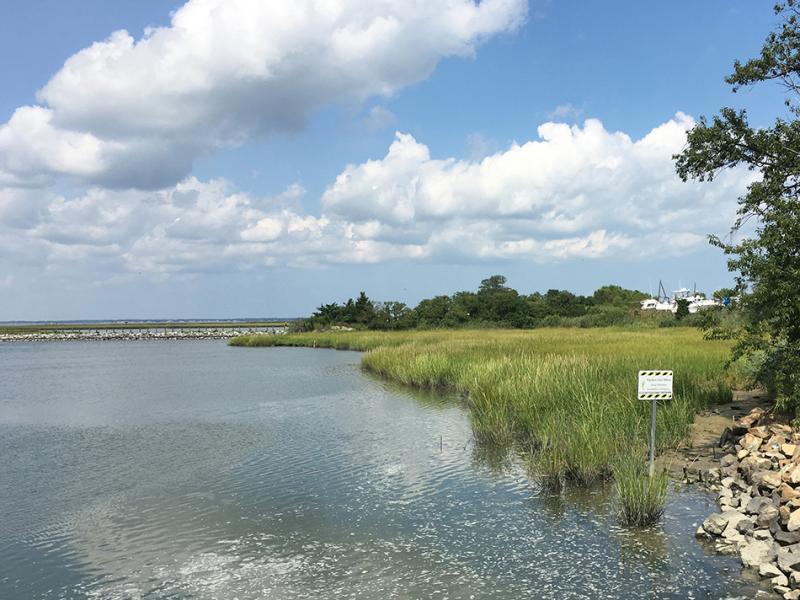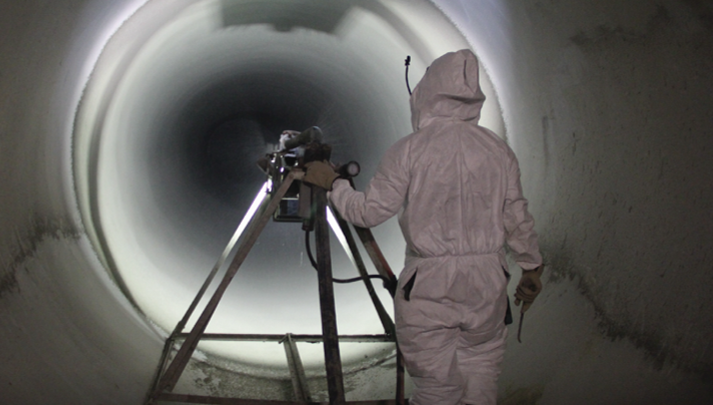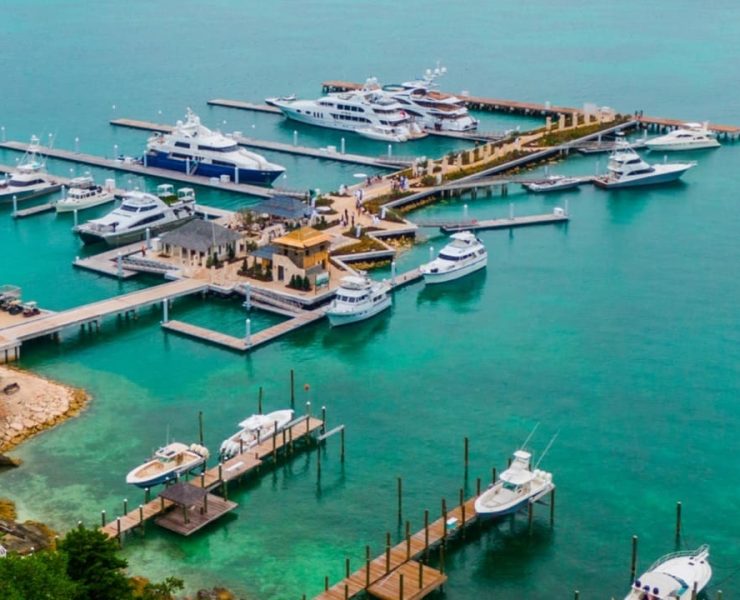Top 3 Living Shoreline Solutions for Marine Contractors


by Peter DiLalla, Marine Underwriter
ProSight Specialty Insurance
A living shoreline is made of mostly native, aquatic plants with deep roots and can help restore damaged sections of the coast. Constructing living shorelines includes the following three advantages for marine contractors.
Protects Against Erosion
When a large body of water crashes against the shoreline, it gradually erodes the soil which leads to loss of land fertility, increased pollution and sedimentation in rivers, clogged waterways, wildlife deterioration and flooding. Often, erosion goes undetected because of its slow-moving progression. By planting native vegetation, such as marsh grass, jute, coconut husk fiber and wood-fiber blankets along the shore, their strong roots trap soil in place without disrupting its vegetative properties. The bank then becomes stabilized and can safely absorb wave energy without becoming eroded.
Provides a Safe Aquatic Habitat
Living shorelines supply a protective and healthy habitat for turtles, fish and other wildlife that need shorelines to survive. Having native plant life along waterways provides shelter, food and safe travel corridors. Plus, the shade provided by the vegetation can significantly reduce water temperatures, creating a better environment for many fish species.
Safeguards Water Quality
There are many pollutants that reside within surface water runoff, such as fertilizers, pesticides, sediments, road salt and vehicle fluids. Over time, this can lead to excessive weed growth, loss of fish, contaminated water sources and loss of recreational opportunities like swimming and boating. Fortunately, the vegetation within natural shorelines helps to reduce harmful pollutants by working as a buffer to trap sediments and absorb contaminants. It increases infiltration by allowing only healthy forms of water to pass through.
For marine contractors, constructing living shorelines can play an important role in maintaining and restoring America’s coasts and waterways.
How do living shorelines protect against erosion?
Living shorelines, planted with native vegetation like marsh grass and coconut husk fiber, stabilize the bank and prevent soil erosion caused by wave action.
What benefits do living shorelines offer to aquatic habitats and water quality?
Living shorelines provide a safe habitat for wildlife, including turtles and fish, and safeguard water quality by acting as a buffer against pollutants in surface water runoff.

















